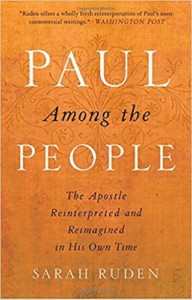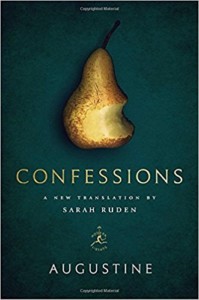[The following is from the program notes from our last celebration of Solemn Vespers.]
The Sixth Sunday of Easter is not the flashiest of liturgical events. We’re a good ways out from the euphoria of Easter, but not quite at the Ascension yet. It seems like a good time to step back at think about the liturgy in general.



